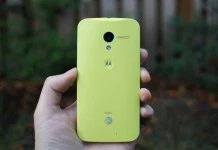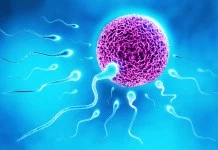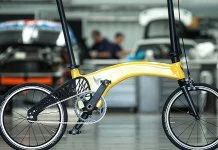The American Multinational Technology Corporation, IBM has put its efforts into the field of medicine and developed a new disease diagnostic device. According to a cross-disciplinary research explained in the journal Nature Nanotechnology, a team led by the scientist Joshua Smith and Gustavo Stolovitzky, program director of IBM Translational Systems Biology and Nanobiotechnology at IBM Research has developed a lab-on-a-chip device technology that can separate nanosize biological particles, viruses and DNA from saliva and urine.
‘EMMAs’ world’s first Robot Therapist developed by Singaporean Researcher
The handy tool helps physicians and ordinary people to detect the presence of diseases in the human body such as cancer in the initial stage before physical symptoms are observed. According to Gustavo Stolovitzky, the company was able to sort particles below 20 nanometers.
The International Business Machines Corporation’s Research team approach is based on the Deterministic Lateral Displacement (DLD) separation technology, developed in the year 2004. This technique involves a microfluidic process that laminar flow of fluids through a field of little posts to detach particles based on size. This technology makes it easy to isolate and examine the smaller particles that move downstream with the fluids.
Tokyo Researchers Develop Human-like Artificial Multifunctional Muscles
The lead Researcher Smith in an email interview with IEEE Spectrum, explained, “What we have done is to use IBM’s vast knowledge and capabilities in silicon nanotechnology, applying it to healthcare, dramatically to scale deterministic lateral displacement (DLD) separation technology beyond what others have been able to achieve.”
“Piggy-backing on silicon technology lends itself to high-volume manufacturing, which lowers costs and allows the most ubiquitous use of medicine and diagnostic techniques. In addition, nanoscale DLD provides high-fidelity separation of nano-colloids and requires minimal training to operate. This lowers the barrier to entry for researchers wanting high-precision separation technology,” he added.
Harvard Researchers build a tiny Robot Stingray Out Of Rat Heart Muscles
In this DLD pillar structure technology by IBM researchers is significant as it separates exosomes, which are tiny packetes 30 to 100-nanometer structures consisting of protein and genetic material that are present in almost all the biological fluids. Exosomes play a role of biomarkers for detecting diseases.
IBM team claims that the team need more time to figure out whether this device can analyse biological fluids to detect the presence of viruses and if they would develop an affordable, handy, mobile, and rapid diagnostic tool.



















